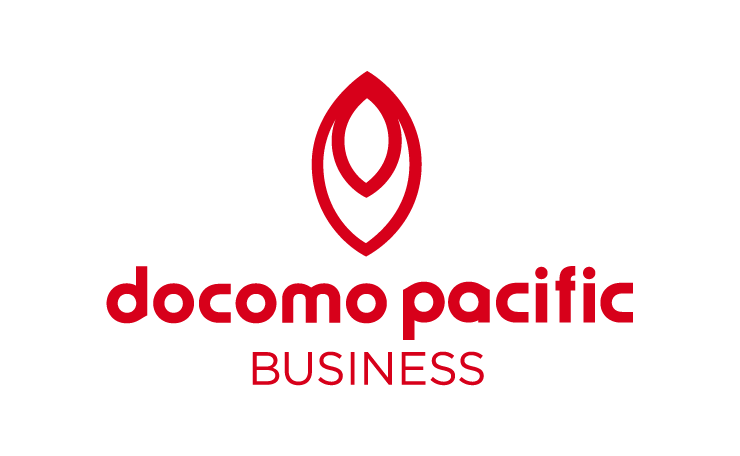“Mr. Watson, come here, I want to see you.”
These now famous words from Alexander Graham Bell during the first ever successful phone call marked a major turning point in the course of human history. We could now communicate with each other through a wire. For businesses, it was a revolutionary way to expand. They would soon have a means of connecting with partners, customers, and their teams without having to be face to face.
Fast forward nearly 150 years, the business phone has gone through many transformations, each of them elevating the way we work and communicate. From transmitting through a clunky wire to collaborating on the cloud, the business phone has seen it all.
So, how did we get here?
The Early Days Business Communication
When telephones first entered the business world, they weren’t as simple as picking up a handset and dialing. Offices relied on switchboards, which were rooms filled with human operators who would manually connect calls. It was labor-intensive, but it opened the door for businesses to streamline communications with partners and customers. And just like that, the world felt a little smaller.
Desk Phones Dominate: The Era of Landlines
By the mid 20th century, offices were filled with rows of individual desk phones with heaps of wires connecting each phone to the main network. You could hear people making and receiving calls all day.
Desk phones had become the standard for most businesses. By this time telephones had direct dialing, speakerphone, and voicemail. But it did still have its drawbacks. Calls could only be taken at your desk, international calls were eating up budgets, and the hardware needed to scale-up was troublesome. Thus, the quest to improve telephones continued.
The Digital Shift: PBX and VoIP
Although desk phones were revolutionizing the way business communicated, they needed more.
More flexibility, more features, and more convenience. Thats where Private Branch Exchange (PBX) systems come in from 1960-1970. For businesses it wasn’t just about connectivity anymore, it was about keeping a competitive edge. Employees were given simple three or four-digit extensions, and receptionists could route calls with just a click of a button. Suddenly, calling a coworker across the building was as easy as calling across the street.
BUT it didn’t stop there. From the 1990s-2000s, we began to see the rollout of Voice over Internet Protocol (VoIP), and the game became a lot more interesting.
VoIP technology replaced the traditional copper wire by transmitting voice directly through the internet. It significantly reduced costs, increased scalability, and provided a plethora of new calling features. With VoIP, businesses could use tools like voicemail to email, video conferencing and unified communication platforms. It laid the foundation for our modern means of communication.
Breaking Free from The Desk: Mobile and Cloud
At first glance, the rise of smart phones looks like the end of the traditional business phone. But it doesn’t replace it—it supercharges it. Mobile technology takes business communication beyond the desk, extending the reach, flexibility, and performance of business phones like never before.
With the addition of SIP trunking, business communication becomes even more powerful. By leveraging IP technology, SIP trunks connect existing phone systems to the service provider over an IP connection, cutting costs, and unlocking advanced features. Paired with mobile technology, it means employees can stay connected to the same business phone system whether they’re at their desks, or in the field. The business phone is no longer confined to the office.
However, with SIP Trunking, a phone system must still be housed at each business.
And that's where the cloud comes in. Whether you run a phone system in your office or have it hosted by a provider, the cloud gives you access to your business phone virtually instead of physically. It allows you to take your communication wherever business takes you—without being tied to hardware or a single location. Plus, cloud solutions can be deployed quickly and offer a lower cost of ownership, making them a smarter, more flexible choice for growing businesses.
In Summary
From the humble desk phone to cloud-powered platforms, the business phone has come a long way and will continue to power businesses into the future. And DOCOMO PACIFIC is committed to keeping you connected and staying ahead of connectivity advancements that place you at the forefront of communication. You can count on us to ensure you never miss a step.
With a wide range of solutions like business landline to hosted PBX, to Microsoft Teams, we have a fully integrated solution for your business.
Contact us today to get set up with the right phone solution.
About the Author
DOCOMO PACIFIC
A wholly owned subsidiary of NTT Docomo in Japan, DOCOMO PACIFIC offers business internet, phone, cable and mobile services to Guam and the CNMI.







